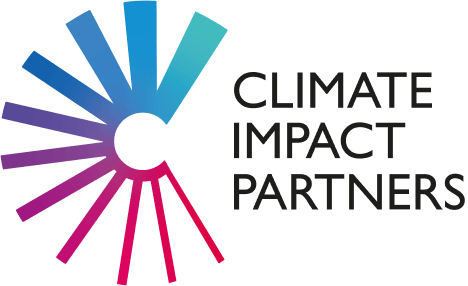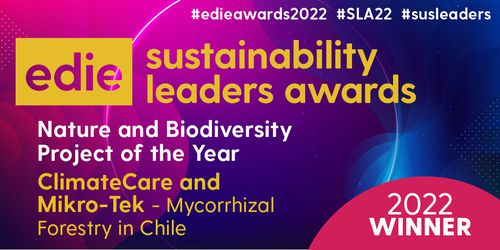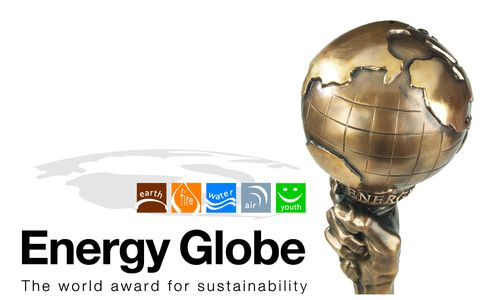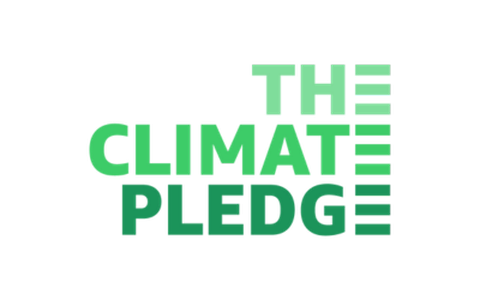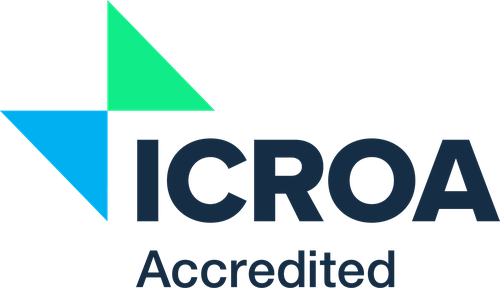The plateau region of the Yangtze, Yellow and Lancang Rivers, also known as the Three Rivers, has suffered grassland degradation over the past few decades due to overgrazing and warming. Thriving grasslands are important for stabilizing soils and slowing the snowmelt from nearby mountains.
The project removes carbon from the atmosphere by restoring the plateau’s degraded grasslands. Located in the central Chinese province of Qinghai, this project is restoring over 160,000 hectares of degraded grasslands by seeding three species of native grass.
This project qualifies for Biodiversity Gold Level status under the CCB standards for exceptional biodiversity benefits in a Key Biodiversity Area (KBA) with endangered species such as the steppe eagle, saker falcon, and alpine musk deer. Over half of the twelve thousand local herders who were employed as part of the project were women.
Grasslands hold large stocks of carbon, largely underground in their extensive root systems. | Project Drawdown
This VCS and CCB certified project is located in Guoluo Tibetan Autonomous Prefecture, Qinghai Province, China. The project’s aim is to restore the local degraded grassland ecosystem by seeding grass on degraded land to increase carbon sequestration and contribute to local development by introducing sustainable grazing and management of grassland. The project area covers 6 counties (Maqin County, Dari County, Gande County, Jiuzhi County, Banma County and Maduo County) of Guoluo Tibetan Autonomous Prefecture which is within the boundary of Three River (Yangtze River, Yellow River and Lancang River) Source Region.
According to the baseline survey, the grassland degradation occurred broadly in Three River Source Region over the past decades, due to long-term impact of climate change and overgrazing. The purpose of the project is to restore the degraded grassland ecosystem by seeding a variety of species of native grass. The implementation of the project will generate GHG emission removals as grasslands grow, mitigate the impact of climate change on the local ecological environment, enhance the capabilities of local communities and residents by providing them with relevant technical skills and training, and increase local biodiversity.
In addition to delivering approximately 450,000 tonnes of carbon removals per year, the project delivers a number of other sustainable development benefits. These include:
- No Poverty: The project provided job opportunities for local residents, all residents have been given an equal opportunity to participate in the project if they meet the job requirements. Women and vulnerable people who come from the poorest local households were not only provided with equal opportunities but also consciously ensured that they can be part of the project.
- Good Health and Well-being: The project proponent has referenced Labor Law of the People's Republic of China and adapted them to meet the local conditions to ensure workers’ health and safety. The workers’ health and safety policy, including items covering the health insurance scheme for workplace accidents and evacuation plans is made available for workers and implemented by county forestry and grassland bureau.
- Gender Equality: During the project implementation, about 12,000 local herders participated in the project, of which 6,000+ are women. This will contribute to empower women and build community capacity in gender and sustainable grassland management. By being trained with the sustainable grassland management skills and participating the community activities together with men, women gain the skills to be able to choose their preference between outdoor work and work that is only in the home which is customary locally.
- Climate Action: The project will generate carbon removals by increasing soil organic matter and mitigate the impact of climate change on the local ecological environment, such as slowing down the melting of snow-capped mountains.
- Life on Land: This grassland restoration project decreases the amount of degraded land in China and restored over 160,000 hectares of grasslands for local biodiversity. In particular, exceptional biodiversity benefit (CCB Biodiversity Gold Level) is expected to be achieved by the project because the project zone belongs to Three River Source Region which was identified as the sites of global significance for biodiversity conservation selected on the basis of the Key Biodiversity Area (KBA) framework of vulnerability and irreplaceability.
Our goal is to deliver 1 billion tonnes of emissions reductions by 2030
600+ projects have been supported by Climate Impact Partners
100+ million tonnes of emissions reduced through carbon finance
Delivering towards the Global Goals

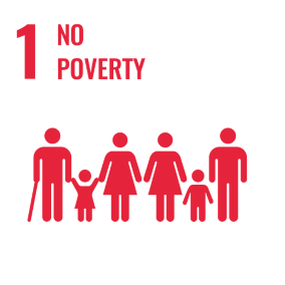
No Poverty
End poverty in all its forms everywhere
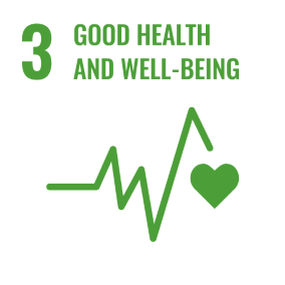
Good Health and Wellbeing
Ensure healthy lives and promote well-being for all at all ages

Gender Equality
Achieve gender equality and empower all women and girls
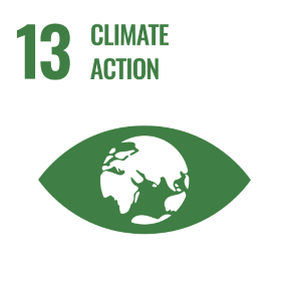
Climate Action
Take urgent action to combat climate change and its impacts

Life on Land
Sustainably manage forests, combat desertification, halt and reverse land degradation, halt biodiversity loss


Supporting our projects delivers on multiple UN Sustainable Development Goals (SDGs). You can read more on the Goals below.
Learn more about the global goalsNext Steps

Explore our projects
Explore our range of projects across the globe: nature based solutions, health and livelihoods and sustainable infrastructure.
Explore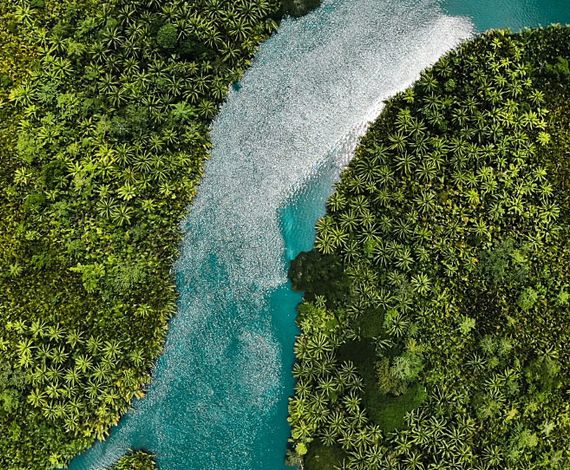
Business Solutions
We are the leading solutions provider for carbon offsetting, net zero, carbon neutrality and carbon finance project development.
Read more